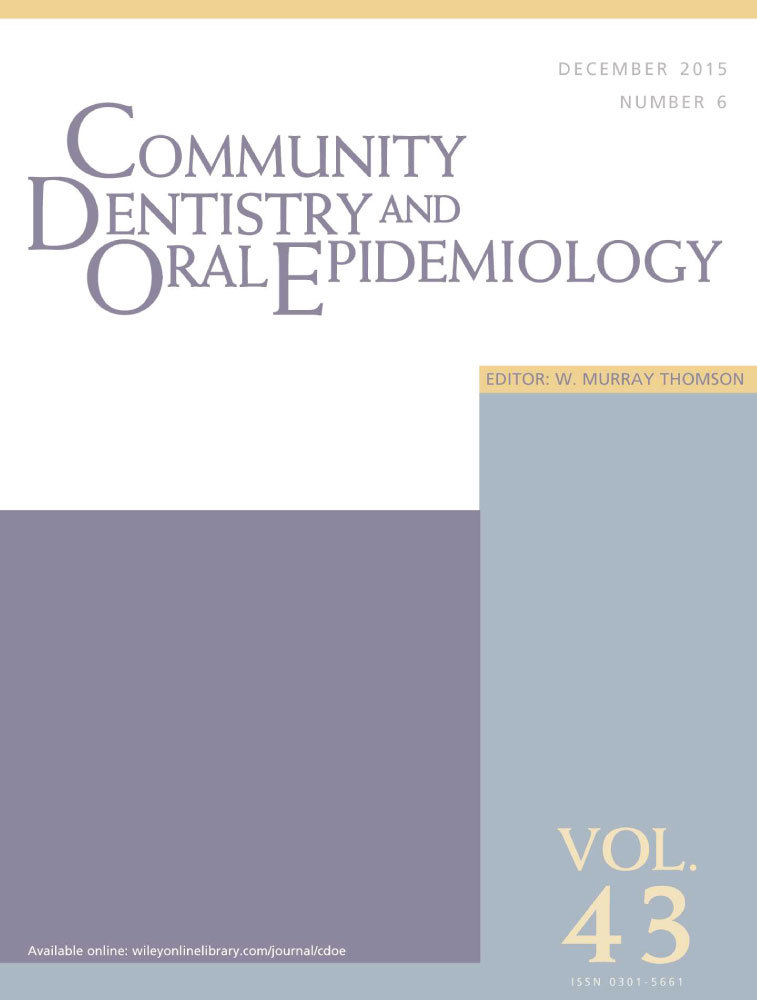Trends in income-related inequality in untreated caries among children in the United States: findings from NHANES I, NHANES III, and NHANES 1999–2004
Abstract
Objective
The goal of this analysis was to describe income-related inequality in untreated caries among children in the United States over time.
Methods
The analysis focuses on children ages 2–12 years in three nationally representative U.S. surveys: the National Health and Nutrition Examination Survey (NHANES) 1971–1974, NHANES 1988–1994, and NHANES 1999–2004. The outcome of interest is untreated dental caries. Various methods are employed to measure absolute and relative inequality within each survey such as pair-wise comparisons, measures of association (odds ratios), and three summary measures of overall inequality: the slope index of inequality, the relative index of inequality, and the concentration index. Inequality trends are then assessed by comparing these estimates across the three surveys.
Results
Inequality was present in each of the three surveys analyzed. Whether measured on an absolute or relative scale, untreated caries disproportionately affected those with lower income. Trend analysis shows that, despite population-wide reductions in untreated caries between NHANES I and NHANES III, overall absolute inequality slightly increased, while overall relative inequality significantly increased. Between NHANES III and NHANES 1999–2004, both absolute and relative inequality tended to decrease; however, these changes were not statistically significant.
Conclusions
Socioeconomic inequality in oral health is an important measure of progress in overall population health and a key input to inform health policies. This analysis shows the presence of socioeconomic inequality in oral health in the American child population, as well as changes in its magnitude over time. Further research is needed to determine the factors related to these changes and their relative contribution to inequality trends.




